Rajastan – The name along evokes images of camel caravans, bearded desert Bedouins touting sabers, and incense soaked markets. I’ve split our story of Rajastan into four separate posts, the area is too overwhelming to be confined to just one.
We arrived in India at midnight, the unfortunate time of many international arriving flights. After two hours in the dank, decrepit Delhi airport, we had our bags and exited the airport into the chill of the night. Shocked and discombobulated by the hundreds of touts and taxi drivers vying for our attention we chose one and were off to our hotel. Or so we thought. Scammed by our driver in a way that seasoned travelers shouldn’t be, we found ourselves at an all-night travel agency advising no hotels in Delhi were available BUT, it was our lucky night and we could leave immediately on an 18 day private driving tour of Rajastan. Somehow, we knew we were being scammed and yet, freezing and tired, we decided “What the hell, we were planning on seeing Rajastan at one point anyway, let’s go for it!”
Although the majority of tourists and travelers to Rajastan, ourselves included, follow a similiar route, the endless dessert, ancient forts, and unique lifestyle create the illusion of stepping back in time. The State of Rajastan is the largest in India, inhabiting much of NW India and bordered to the west by Pakistan. This large region is best explored with car & driver as public transportation doesn’t cover each town easily and this method enables you to customize the trip based on your particular interests.
The history of Rajastan dates back to the Indus Valley Civilization, one of the oldest in the world with records dates back as far as 450BC. Many forces took charge over several thousand years with the famous Mughal Empire declining in the 18th Century. The British took over power in the 19th century, creating resentment throughout the country. Led by Mohandes Gandhi, the Indian National Congress won victories, finally resulting in Indian Independence in 1947 and causing the bloody split of the sub-continent into two states; India and Pakistan.
We began our journey at 2am, driving into the freezing January night. We were little prepared for the unusually cold winter, having just flown in from steamy Bangkok. The late night, shock of weather change, and the disorientation of stepping into the chaos of the Delhi street scene all contributed to the craziness that caused us to end up at the travel agency in the middle of the night. Our driver, Yunis, took pity on our summer clothes and lack of heat in our vintage Ambassador and loaned us his blanket.
Huddled in the back, exhausted and miserable, it was nonetheless a fascinating 6 hour drive through the countryside, stopping frequently to pay tolls and for chai tea along the roadside.
WELCOME TO INDIA
Like our car, the gorgeous haveli we arrived at in Mandawa was lacking heat. After requesting multiple blankets and climbing into bed fully clothed we settled in for a couple of hours of sleep before heading out on a walking tour of the town, thrilled to experience our first day in India.
India is where travel itineraries come to die. You love it and hate it, often within ten minutes of the other! I have never before or since been somewhere so filled with contradictions and never before or since have I felt more alive. India challenges you, forces you to reach far outside your comfort zone and surrender yourself to a culture so far removed from Western civilization it is, at times, unrecognizable. When people ask us what one place we really want to return to the answer is always India, in part for reasons we can’t even fully explain.
Mandawa is a smallish town in NW Rajastan. We met some lovely families who invited us into their homes to show us how their basic lifestyle
as well as spending time with a lovely young man who was forced to return home to the family rug and tapestry shop when the economy declined.
Cows, camels and monkeys wandered freely. Women in gorgeous, brilliant saris reflected colorfully against the grey and brown of the dessert and earthen buildings. Back at our haveli we sat on the balcony drinking in the scene of Indian life all around, enjoying much mustache “grooming” from the gentleman across the street, camel carts and the communal “pee wall” where seemingly all the men of the neighborhood urinated. We certainly weren’t in Kansas anymore!
At times India nearly did us in. We spent many hours those first few days and weeks attempting to understand the whys of the country and it’s people. Why, for instance,did upper income Indian families dress beautifully, drive fancy cars and live in gorgeous homes, and yet consider it “ok” to have garbage piled everywhere and open sewers running in front of their home? Why does India turn out the majority of the best engineers in the world and yet normal infrastructure seems so antiquated? What India taught us is that while many things may not make sense to us, we weren’t going to figure it all out and part of what charmed us was exactly that. Once we surrendered to India as it was we began to embrace it. However, I digress because first we simply needed to survive Rajastan!
From Mandawa we headed to Bikaner, founded in 1486 Bikaner is home to the annual Camel Festival, Junagarh Fort which was built in 1571, and the gorgeous Laxmi Niwas Palace which has since been turned into a luxury hotel. No, that was NOT where we were staying!
Once again we called a very pretty, small haveli home. Hotel Havasar Haveli was clean, comfortable, and absolutely freezing. No glass panes on the windows and no true hot water proved to be the norm during our time in Rajastan. Having heard how hot India is we were truly not prepared for temperatures dipping into the 30’s each night.
Junagarh Fort was absolutely gorgeous, corridor after corridor of intricately carved doors, screens and pillars.
The Mughal lords had elaborate screened rooms built for the women to be able to view the proceedings without being seen.
Enormous forts were built to reflect their power and protect them from outside attacks.
Near Bikaner was the town of Doshnoke, home of the Karni Mata Temple, surely one of our most interesting stops along the journey. Indians are very religious and while everyone knows that the cow is sacred, what few may know is that at Karni Mata the rat is also considered holy.
The shrine is in actuality to worship the Goddess Durga, however the rats that inhabit the temple are considered sacred. As with all temples you must remove your shoes to enter and good luck is when the rats run across you feet. I had just purchased some shoes for flat feet and just as I removed them, a rat ran across my feet.
Karni Mata was a perfect example about what makes India so amazing. In addition to the amazing sites, fantastic food, and friendly people, India is about tolerance.
There are over eight main religions in this country and hundreds of sub-religions and, while there is occasional clashes amongst them, for the most part all co-exist peacefully. What they don’t understand is atheism because the concept of not believing in anything is unimaginable, but if you want to worship trees, then India is the place for you!
Watch for the next several posts covering the remainder of our time driving through Rajastan, surely one of the most amazing places on earth!
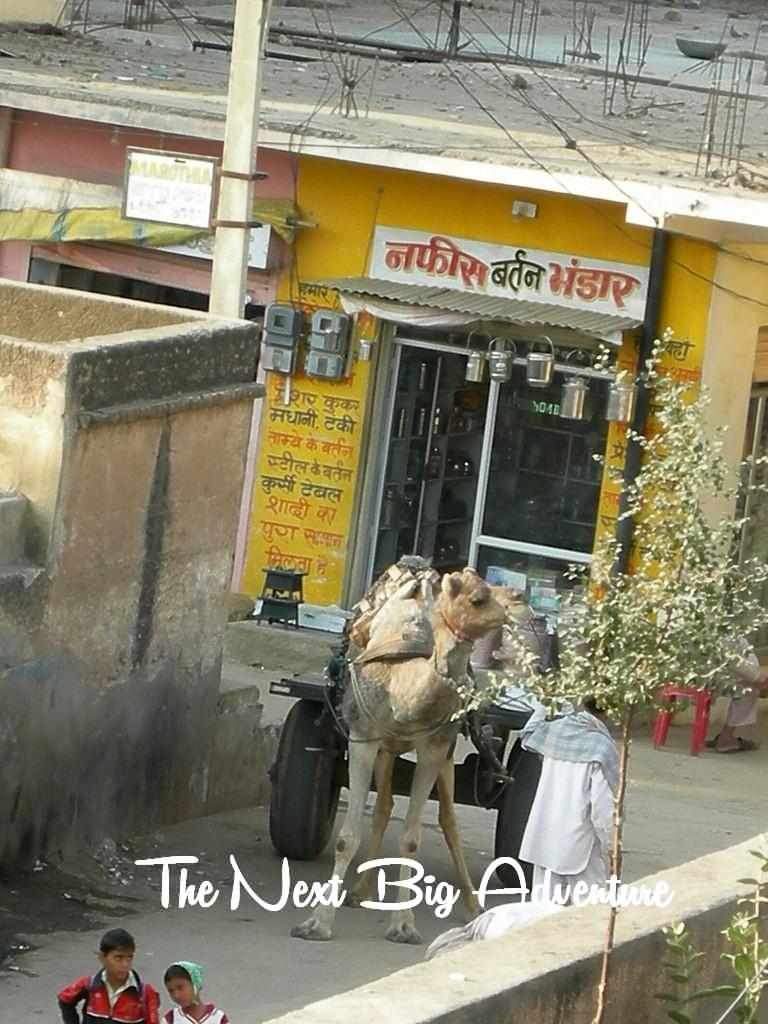
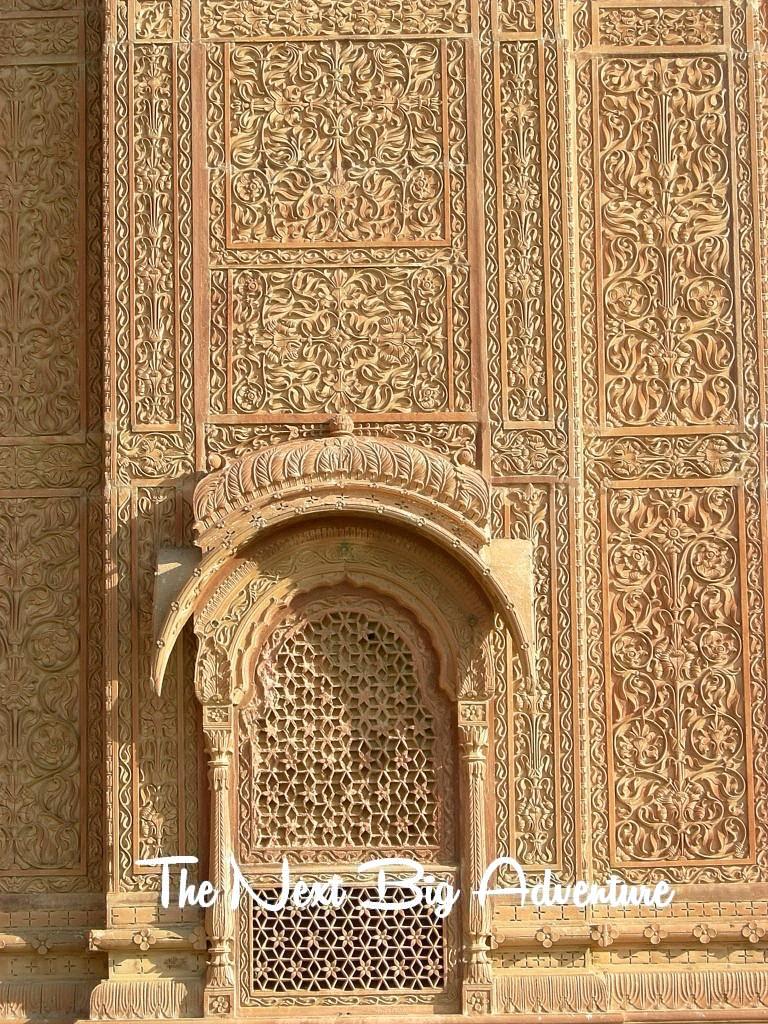
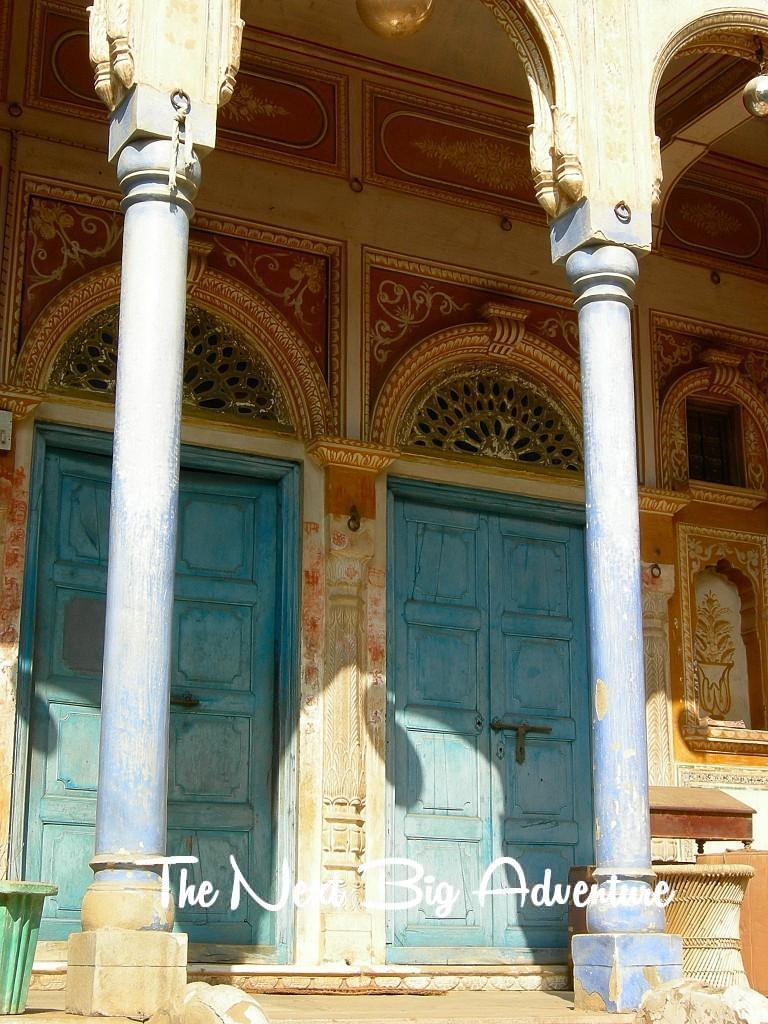
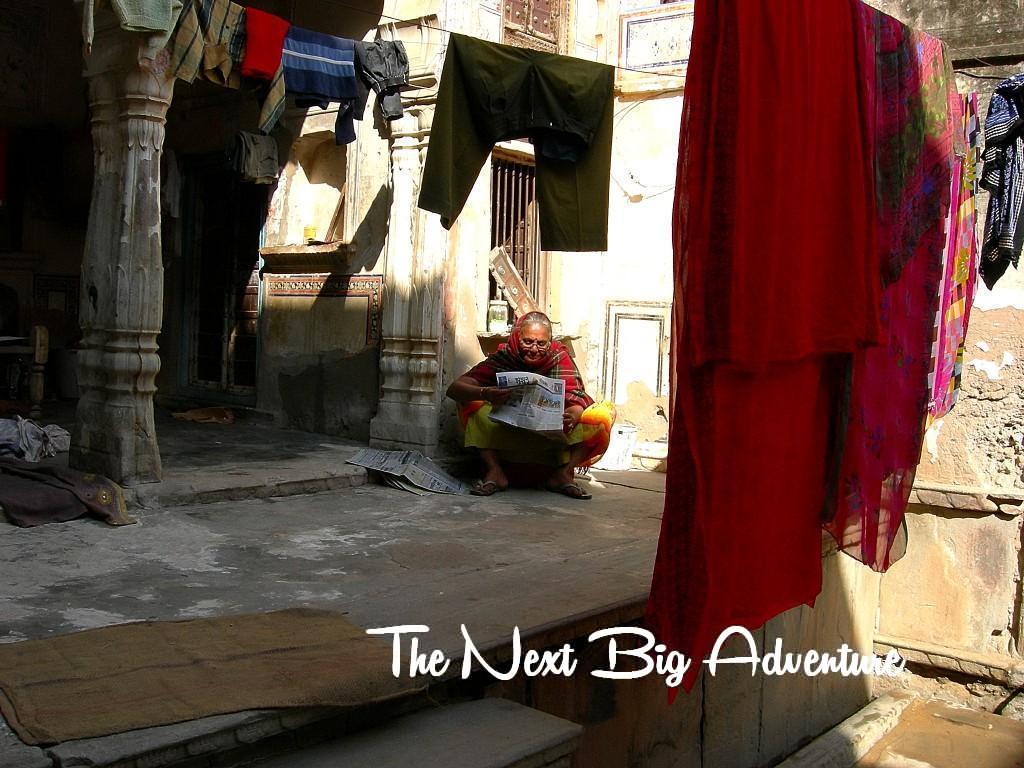
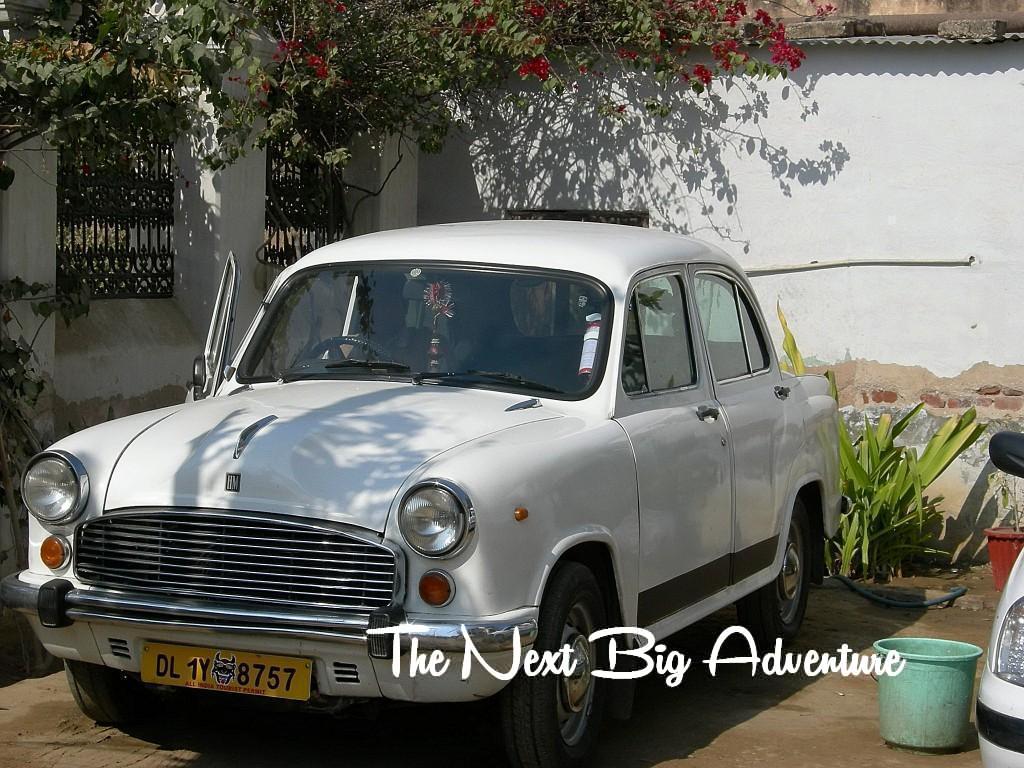

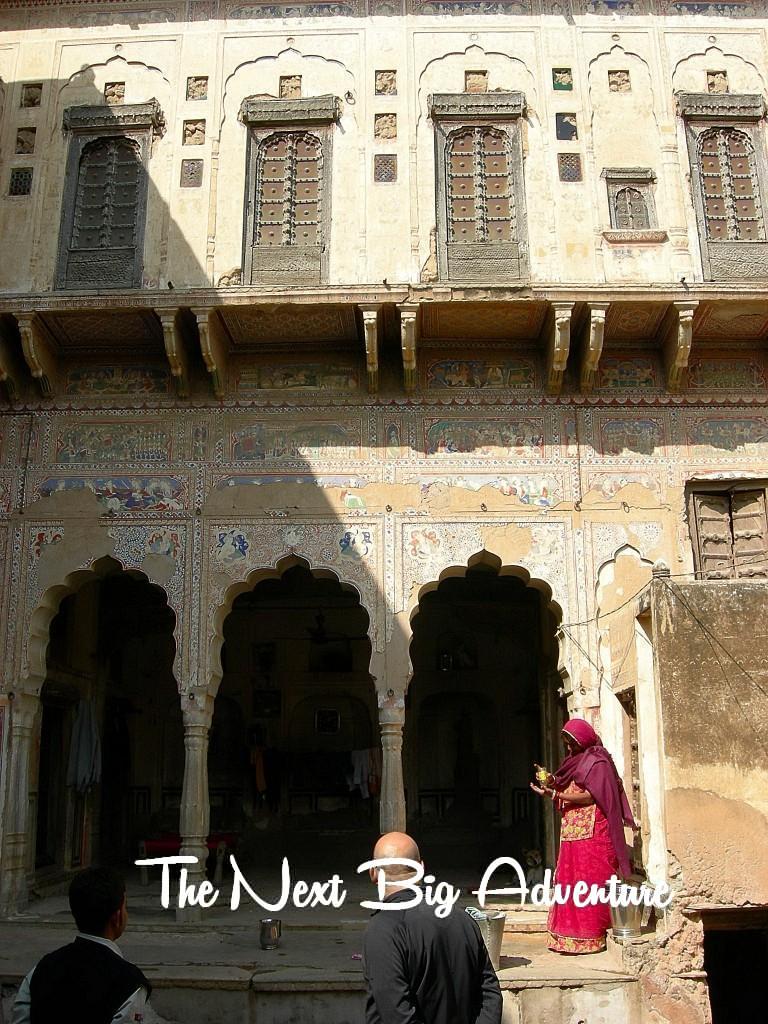

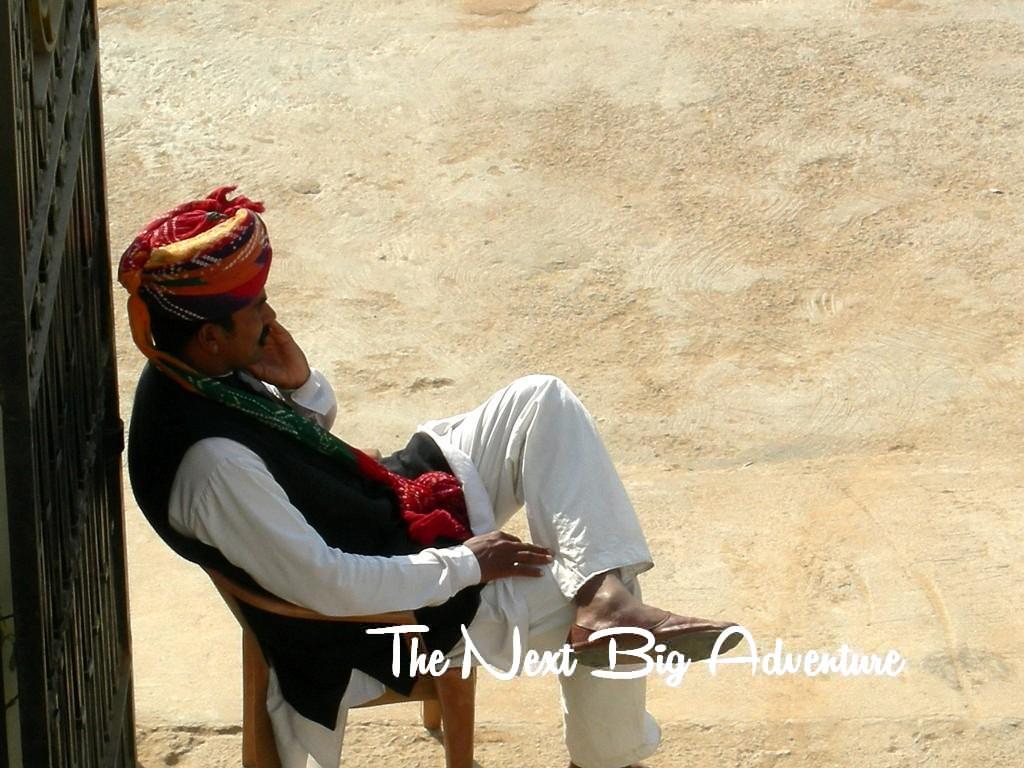
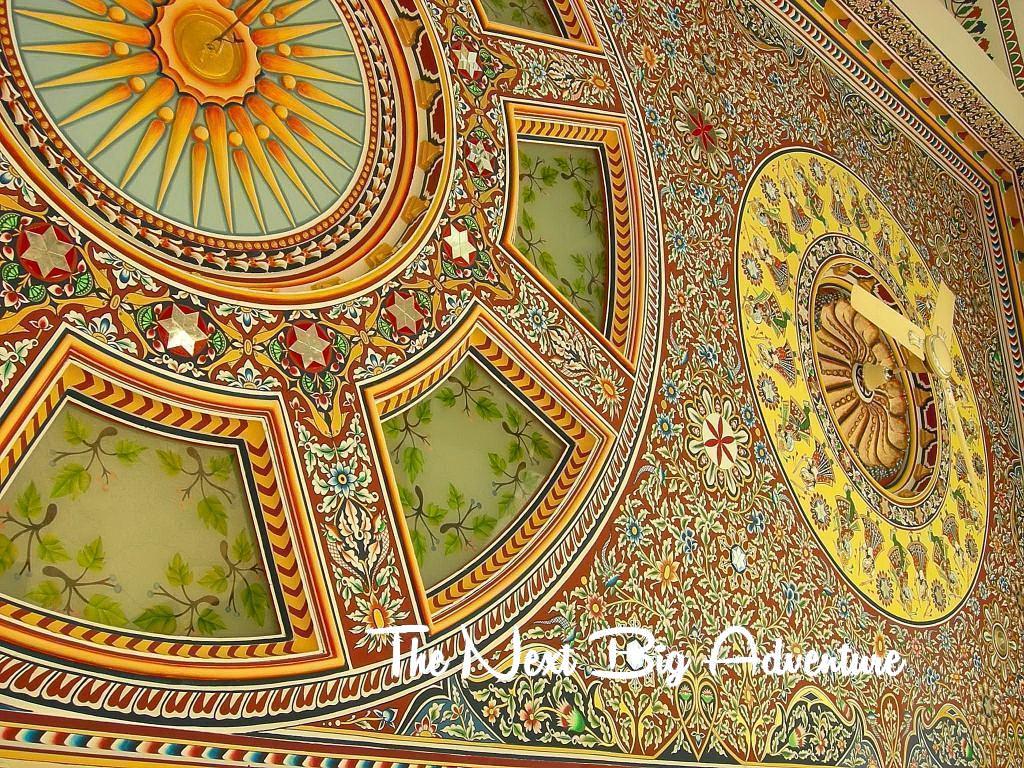
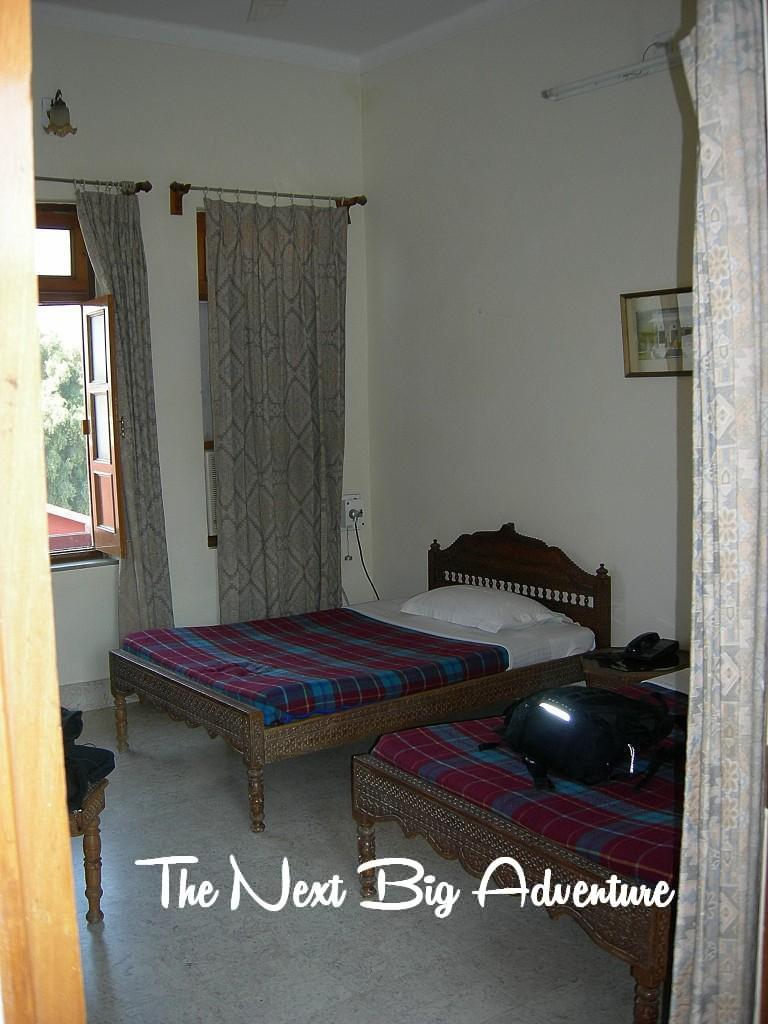
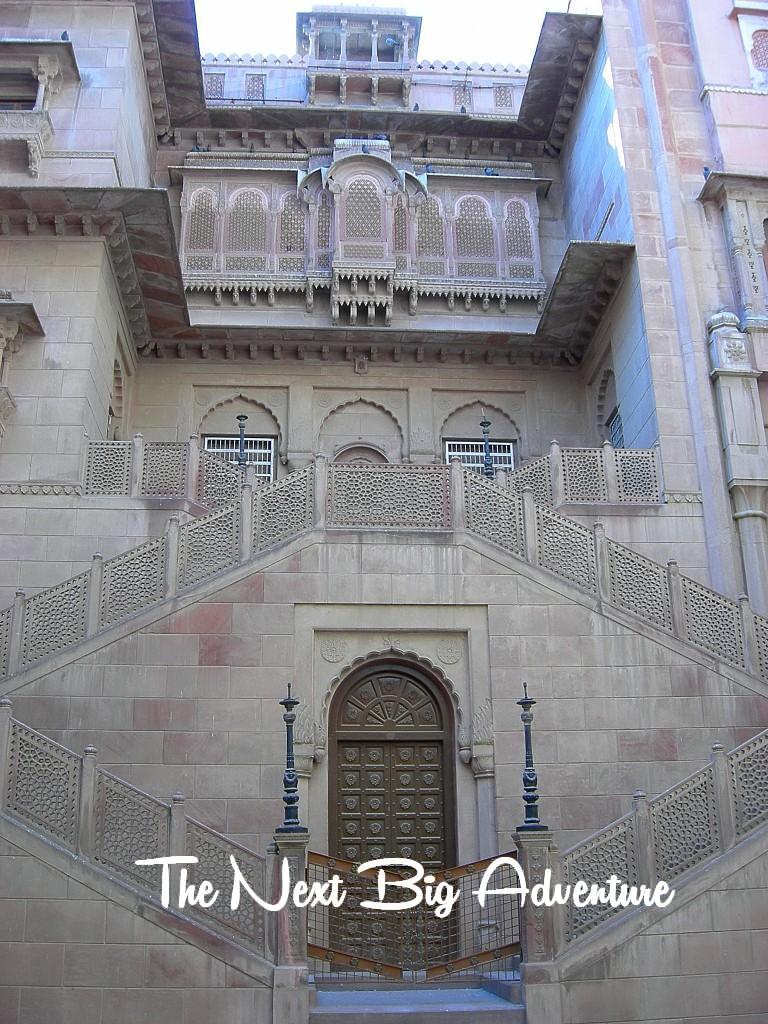
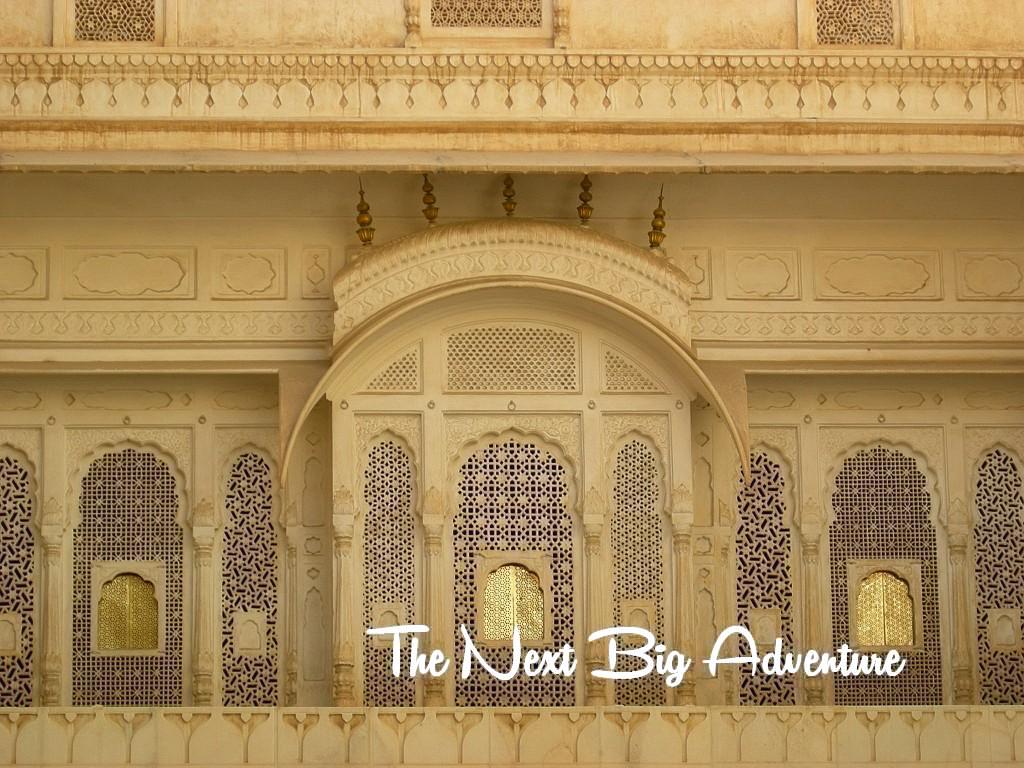
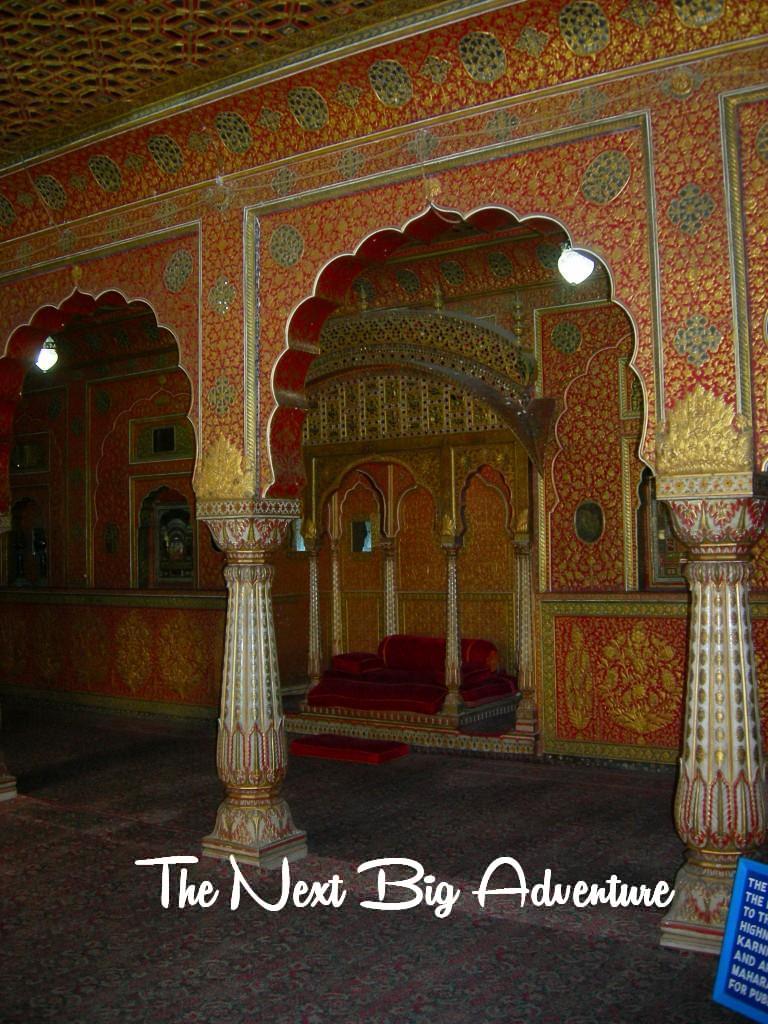


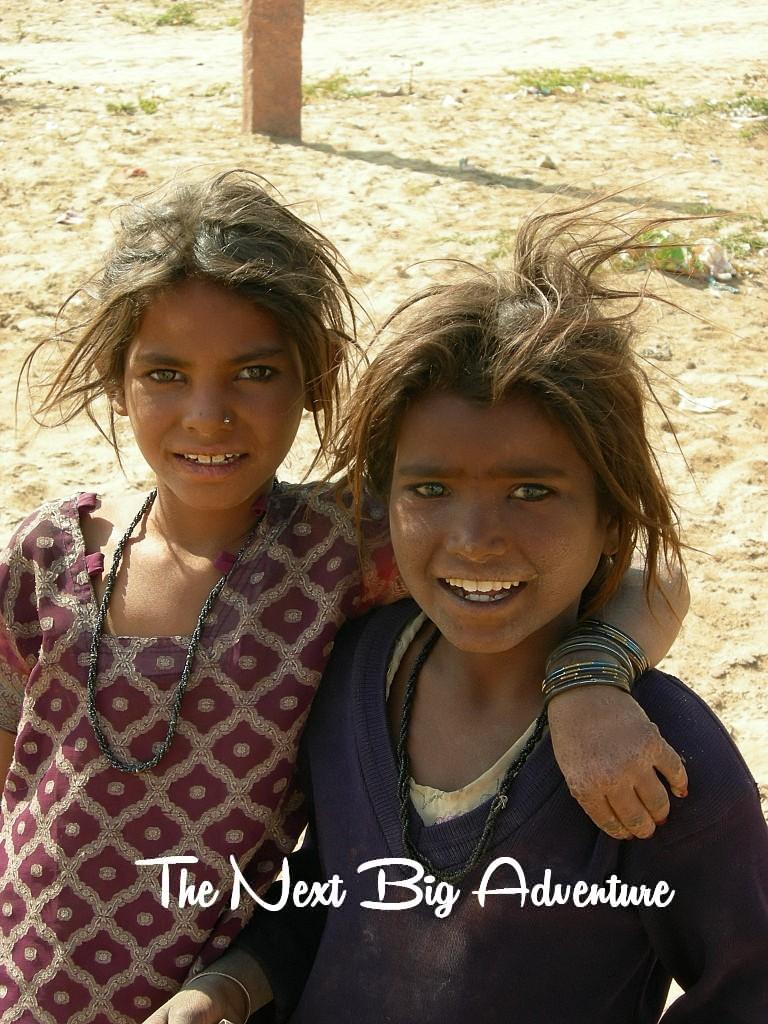
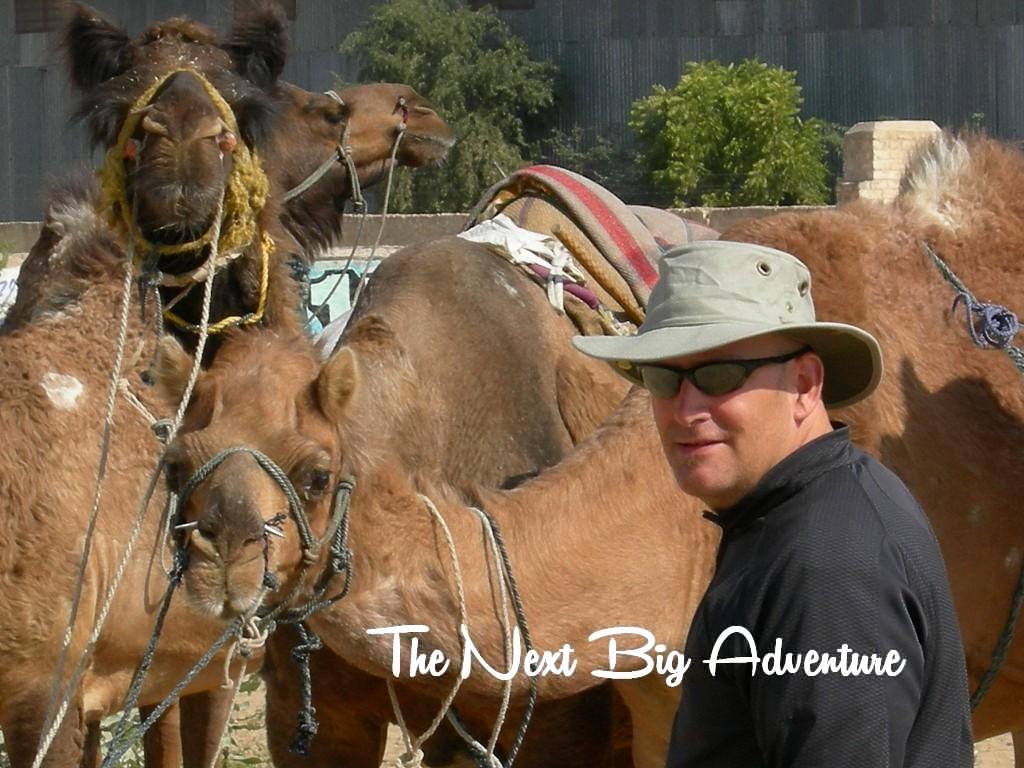
WONDERFUL Post.thanks for share..more wait
Pingback: Enduring Rajastan – A Continuing Journey Back in Time. | The Next Big Adventure
Believe it or not unlike the Brits in The very best Exotic Marigold Hotel, who want to leave England I might like to retire to England. I like that country!